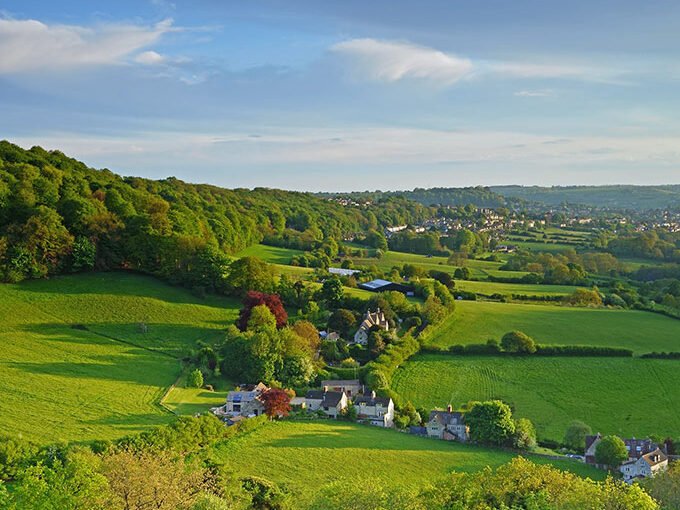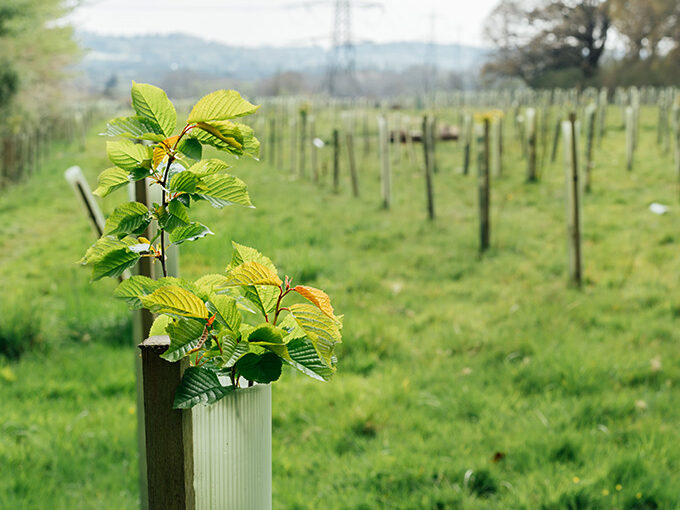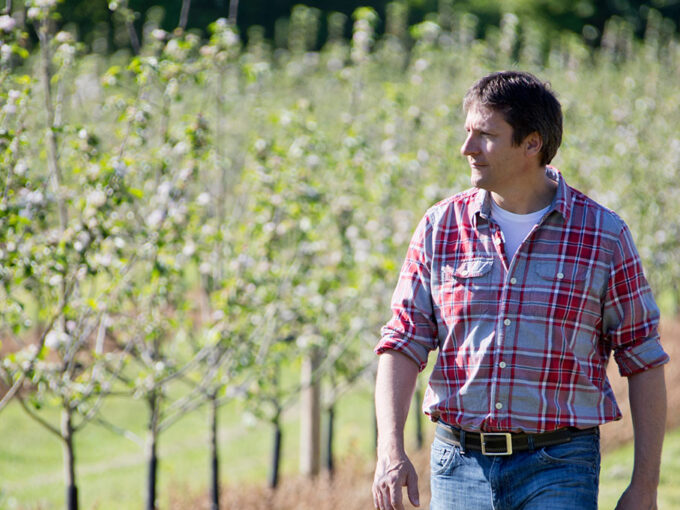For some time now diversification has been important for farms and landed estates, which the UK’s departure from the EU and the consequent loss of the Basic Payment Scheme has only exacerbated.
These additional sources of income can be very valuable in helping underpin the farm or estate, and landowners up and down the country have shown great skill and entrepreneurship in the range of strategies they have put together.
However, in diversifying in this manner, there is a risk of losing, or at least seriously mitigating, the inheritance tax (IHT) relief on offer.
In this article we cover the IHT, and in particular the Agricultural Property Relief (APR) and Business Property Relief (BPR) considerations for landowners when looking to diversify their land portfolio.
Inheritance tax
IHT is broadly payable at 40% on the value of a person’s net assets at death, subject to the deduction of any available nil rate bands (NRBs), which can be up to £1 million in certain cases for lower valued estates.
In addition to the NRBs, there are two very valuable reliefs from IHT, Agricultural Property Relief, and Business Property Relief.
Agricultural Property Relief
APR is available, and only available, on the agricultural value of property. This is defined as the price it would fetch if it were sold subject to a perpetual covenant confining its use to agriculture. APR may be at 50% or 100%, depending on the rights the owner has to the property, and the nature of any tenancies in place.
Business Property Relief
BPR applies to relevant business property, and in contrast to APR, applies to the open market value of the assets in question. BPR may also be available on farming assets where the farm is run in-hand, and crucially may therefore be able to fill the gap between the agricultural value and the open market value. As for APR, BPR is available at either 50% or 100%, depending on the nature and ownership of the business property in question.
‘Balfour’ planning
As well as applying to specific assets, BPR may apply to an estate as a whole. This follows the judgement in the Earl of Balfour case, where BPR was granted on an entire estate. In that case, using the indices of turnover, profit, capital value of assets, and time spent working on the different elements, it was considered that more than 50% of the estate’s activity overall was effectively trading, and therefore BPR at 100% was granted on everything as the estate was considered to be a single ‘business’, albeit with many different revenue streams. Losing trading status on part of the estate can flip this ratio, and consequently lose BPR on the non-trading assets.
Diversification options
Solar/wind farms, and battery arrays
Many farms and estates are now diversifying into solar/wind power generation, and/or batteries to store renewable electricity generated. This can be a welcome and lucrative source of additional income.
Renting a field to a third party for them to install power equipment would not qualify as a trading business, so BPR would not be available on the field. It is possible, however, that the landowner may be able to enter into a joint venture with the power company. But, this may well be unattractive to both parties:
- The landowner likely knows nothing about the power industry and would prefer a steady guaranteed income in the form of rent; and
- The power company likely does not wish to enter into business with a landowner.
Livestock can still be grazed on fields containing power equipment, particularly since solar farms are installed proud of the ground, but the value attributable to this element of the field’s use will be minimal compared with the value of the whole, particularly since any would-be livestock holder would doubtless prefer animals to graze an open field, rather than one full of electrical equipment. There is also an argument that any grazing use is entirely incidental to the power generation/storage, and APR may therefore be denied altogether.
It is important for landowners to ensure that any equipment can be connected to the National Grid – this is a complex area, and it is recommended that specialist advice is sought.
Shoots
Shoots are by no means a new source of income for farms and estates, but nevertheless a source of diversified income. Our article on tax and shoots goes into more detail on the tax treatment, but broadly commercially run shoots should qualify for BPR. Care must be taken to ensure that the shoot is run on a commercial basis, and consideration given to the impact any private days will have on the trading nature of the shoot business, and by extension, the business of the estate as a whole.
Glamping and holiday accommodation
A glamping operation where the focus is on the services provided to customers by the owners, rather than just accommodation, can qualify as a trading business and BPR would therefore apply. Where accommodation is not accompanied by additional services, the business will be treated as a rental business, and will therefore be treated as non-trading, with no relief available.
Provided certain conditions are met, in particular the level of additional services provided, holiday accommodation businesses could qualify as Furnished Holiday Lets (FHLs). These were treated as trading businesses, and could qualify for BPR in their own right. However, following the announcement at the Spring Budget 2024, the FHL regime is set to be abolished from 6 April 2025.
More details on the taxation of FHLs is available.
Woodlands
Woodland which is ancillary to farmland, and where the shelter belt criteria are met, can qualify for APR. This will be lost if the neighbouring land is switched out of agricultural use.
As with shoots, if woodlands are run on a commercial basis with a view to a profit, they will qualify for BPR.
Environmental schemes
There are an increasing number of environmental schemes, where landowners can sell carbon credits, or biodiversity units. As this area is in its infancy, there is limited guidance from HM Revenue & Customs (HMRC) on the tax impacts that these schemes can have, although the government confirmed in the Spring Budget 2024 that land managed under such schemes will be eligible for APR. The details of each scheme will need to be assessed on an individual basis to determine any tax impacts, in particular the impact on BPR (which as noted above is more valuable than APR due to being on open market value) and any Balfour planning.
We cover this in our article on the tax treatment of rewilding.
Conclusion
Whilst a lucrative and important source of additional income, diversification projects may not always qualify for BPR, and will therefore shift the Balfour Matrix away from trading, or simply turn an asset that previously qualified for APR and/or BPR into one that does not. If landowners fear that this is the case, we recommend professional advice is sought as soon as possible on the merits of restructuring, as it may be possible to preserve some or all of the relief.
If you have any further queries on any of the points raised in this article, speak to your usual Saffery contact or get in touch with Will Leonard.
Contact Us
Director, London
Key experience











